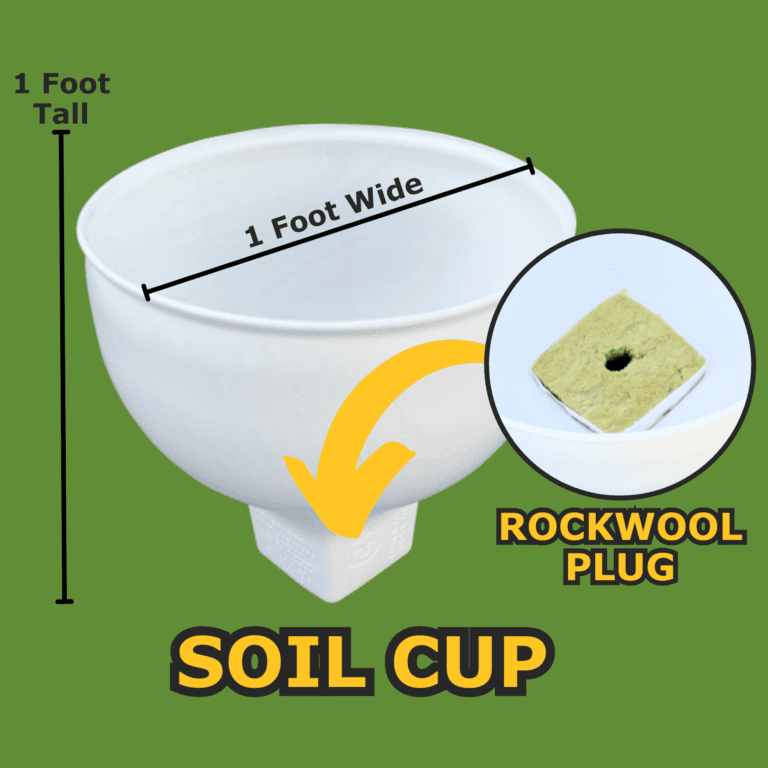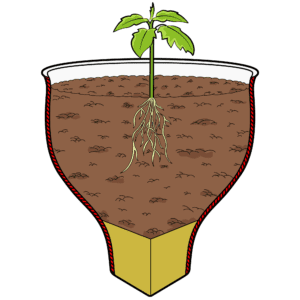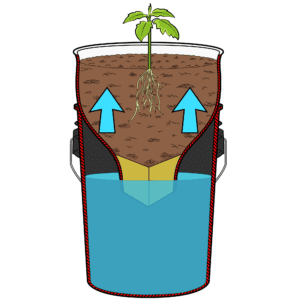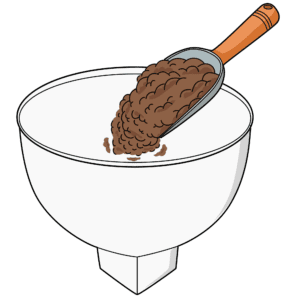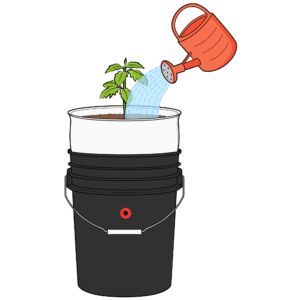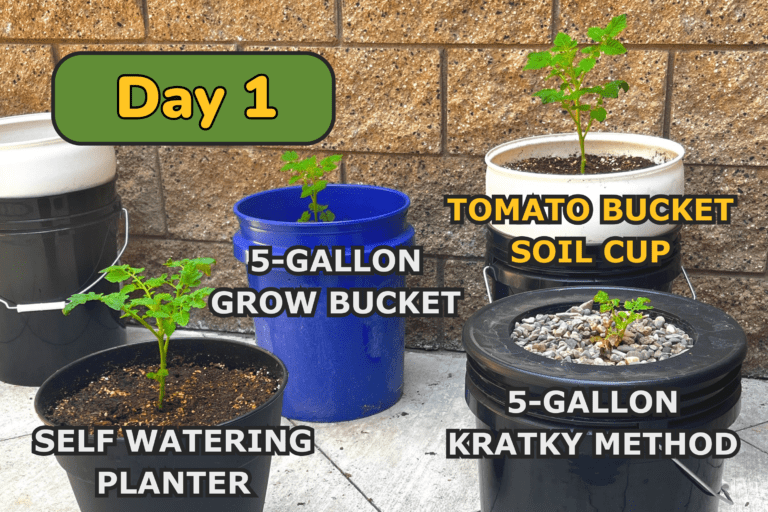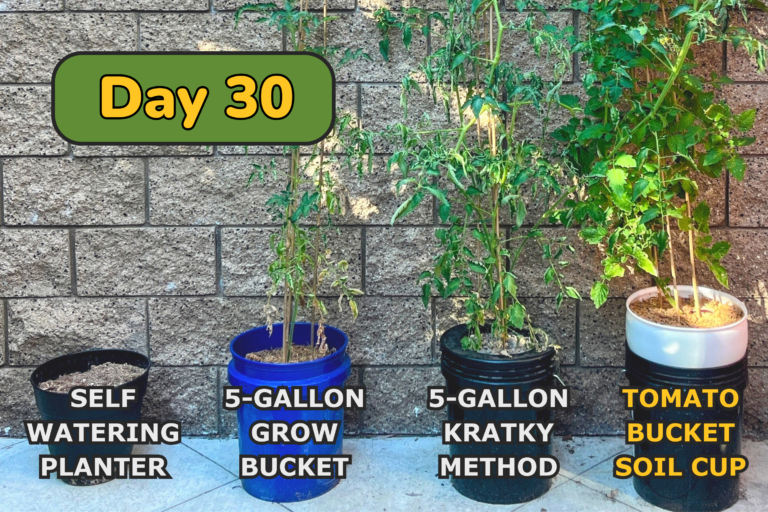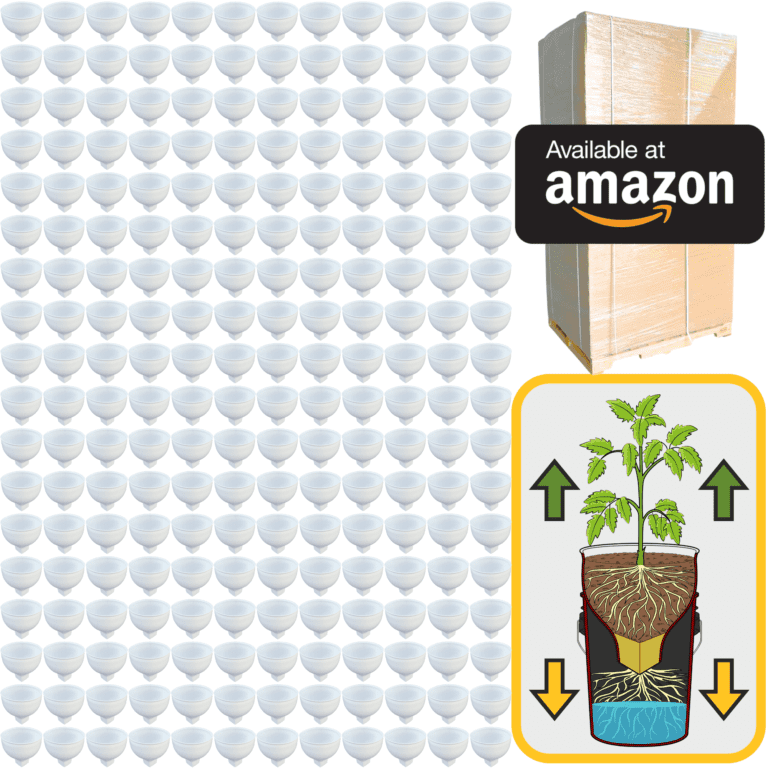Harvest time is the moment every cannabis grower looks forward to—a time when all the care, patience, and attention to detail come together in the form of fully developed buds. Harvesting is an art in itself, and it’s all about choosing just the right moment. Each day that the plant spends maturing brings changes in potency, flavor, and aroma, so learning to identify peak harvest time is the key to getting the best results from all your hard work. Rushing the harvest can leave you with buds that haven’t reached their full potential, while waiting too long can lead to diminished potency or even an altered effect. This stage requires an attentive eye, a gentle hand, and a willingness to trust what the plant is telling you.
One of the best ways to gauge harvest readiness is by looking at the trichomes, the tiny, resin-filled glands that cover the buds and leaves near the flowers. These trichomes are the heart of the cannabis plant, as they contain the cannabinoids and terpenes that define the strain’s effects, flavors, and aromas. Using a jeweler’s loupe or a small handheld microscope, you can get a close-up view of the trichomes as they change color. Early in the flowering stage, trichomes appear clear, like tiny glass beads. At this point, the buds are still developing, and the cannabinoids haven’t fully matured. As the plant approaches maturity, the trichomes turn cloudy or milky, indicating that THC levels have reached their peak. Eventually, some trichomes will begin to shift to a rich amber color, a sign that THC is starting to convert into CBN, which gives the plant a more sedative effect.
This transition in trichome color offers a great way to customize the experience you’ll get from your harvest. If you prefer a more uplifting, energizing effect, harvest when the trichomes are mostly cloudy, with just a few beginning to turn amber. This is when THC levels are at their highest, delivering a more cerebral and active high. If you’re looking for a more calming, body-focused experience, wait until more of the trichomes have turned amber. Many growers aim for a balance, harvesting when trichomes are predominantly cloudy with a few ambers mixed in, giving a blend of uplifting and relaxing effects. Checking trichomes daily in those final weeks becomes part of the routine, like a conversation with the plant, as it signals how close it is to the perfect moment.
Pistils also provide important clues about harvest time. These hair-like structures start off white and straight, then darken and curl inwards as the plant matures. When about 70-90% of the pistils have darkened to shades of orange, red, or brown, it’s a good indication that the plant is nearing peak maturity. While pistil color alone isn’t enough to decide on harvest time, it’s a valuable secondary sign, especially when combined with trichome observation. Together, these signs give you a fuller understanding of the plant’s readiness and allow you to make the most informed decision on when to harvest.
In addition to trichomes and pistils, you’ll notice changes in the plant’s overall appearance as it reaches maturity. By this point, some of the larger fan leaves may start yellowing and dropping off, signaling that the plant is redirecting its energy toward bud production. The aroma will be at its most intense, and the buds will feel dense and sticky to the touch. This shift in focus from foliage to flowers is a sign that the plant is entering its final stage, pouring everything into its buds. Observing these broader changes gives you a holistic sense of the plant’s progress, helping you see when it’s ready to give its best.
Patience is key in the final stages of flowering. Harvesting isn’t about cutting at the first sign of maturity; it’s about giving the plant the time it needs to reach its peak. Each strain has its own timing, with some maturing faster than others, and environmental factors can also influence the pace. By checking the plant daily, you get a sense of how it’s developing, allowing you to pinpoint that perfect moment when the buds are dense, resin-rich, and full of the cannabinoids and terpenes that make cannabis special. Taking that extra time ensures a more potent and flavorful harvest, rewarding your dedication and care.
When you’ve decided the plant is ready, the actual process of harvesting requires a delicate touch. Many growers prefer to harvest in the early morning, when terpene levels are often at their highest, enhancing the final product’s aroma and flavor. Using a clean, sharp pair of scissors or garden shears, cut each branch at the base, handling the buds carefully to avoid damaging the delicate trichomes. By this stage, the buds are dense with sticky resin, so take your time and work mindfully. Each branch you cut is the result of weeks of nurturing, and it’s incredibly satisfying to hold that mature, aromatic bud in your hands, knowing it’s the culmination of all your efforts.
Timing the harvest perfectly lays the groundwork for everything that follows. The drying and curing stages are essential to preserving the quality of your buds, but it all starts with capturing the plant at its peak. By observing and listening to what the plant is telling you, you’re not just growing cannabis—you’re mastering the art of cultivation, learning to harmonize with nature’s cycles. There’s a special satisfaction in knowing that you’ve chosen the exact moment when the plant was at its best, locking in all those cannabinoids and terpenes that define the strain’s unique profile.
With each harvest, you’ll deepen your understanding of the plant’s signals, developing a natural sense for when it’s ready. You’ll gain confidence, not just in the process but in your ability to recognize the subtle shifts that mark the plant’s progress. Harvesting isn’t just about ending a cycle; it’s a celebration of growth, a moment of transformation from cultivation to enjoyment. When you finally see those jars of cured buds, bursting with aroma and potency, you’ll feel the pride that comes from bringing a plant to its fullest potential. And that is the true beauty of the harvest—the culmination of patience, knowledge, and a connection to the plant that grows richer with each season.

